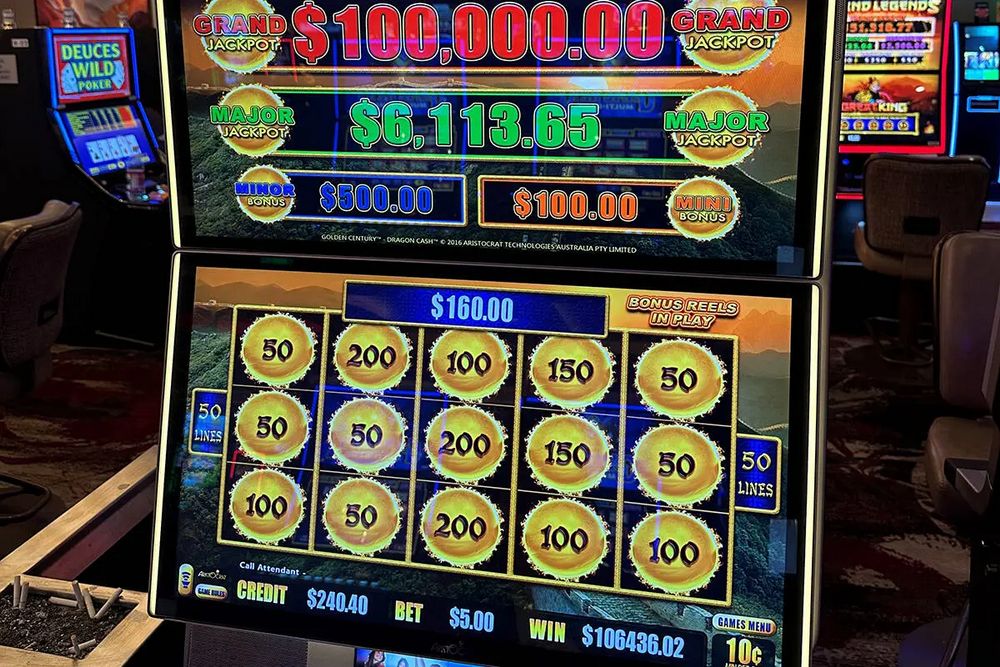Native American casinos, otherwise known as Indian Tribal casinos, have long had a major influence on gambling - especially in the US and, for a long time, these were the only establishments where it was legal to gamble, outside of Las Vegas and Atlantic City.

Indeed, there are Indian gambling establishments in over 50 percent of US states (29 in total), and all of these can be found on tribal-owned land, though as a side note, while this land is sovereign, it doesn't necessarily mean that all casinos that are found on tribal land are run by Native Americans.
What many people do not necessarily realize, is that Indian casinos are big business. Furthermore, the annual revenue that is generated by tribal gambling establishments significantly exceeds the figure that the entire Las Vegas strip churns out. In 2021, Native American casinos recorded a GGR (Gross Gaming Revenue) of $39 billion - over five times more than Las Vegas, which stood at $7 billion.

There are some misconceptions relating to tribal casinos, with many people believing that to enter one of these, you must be of Native American origin - this couldn't be further from the truth, and, in fact, there are those who prefer Indian casinos.
It is understood that the population of Native Americans in the US stands at 6.79 million in 2024 (roughly 2.9 percent of the entire US population). Furthermore, the vast number of Native Americans are considered 'poor', which essentially suggests that they do not have the means to use tribal casinos.


















































